Can A Silo Website And Google Schema Markup Boost Your SERPs?
With the ever-changing algorithms of the search engines, it is becoming more and more difficult to rank your content. Most content marketers do not update their websites according to these algorithms and lose traffic in the process. If your website is not a silo website or if you don’t implement Google Schema Markup, your SERPs will take a hit in 2018.
With the quantity of data on the internet increasing every second, structured data is becoming the key to content marketing. Clean websites with a central theme are ranking higher than websites with a lot of unstructured data.
Two terms which are currently ruling the SEO world and will bring a major change to content marketing in 2018 are Silo and Schema. Both these terms are related to content marketing and can bring a huge change to your search engine visibility if you implement them in the right way.
What is a Silo Website?
First, let us discuss about this Silo technique and see how you can Silo your website. The term “Silo” is taken from the physical term for any sort of organization.
Google and other major search engines are giving more priority to organized data in specific sections.
The Silo technique helps to organize your existing content into distinct groups with specific titles. The more organized your content looks on the website in terms of relevancy, the better that website will rank.
For example, a relatively newer website with crisp content listed properly under the right titles and sections is likely to rank higher on search engines than an old website with a lot of unrelated or unorganized content under different sections.
This content structuring is called the Silo technique or Siloing in SEO terms.
To make you understand the basic difference between a non-silo website and a silo website, we have made a few charts which display the basic organisation of these two websites:
Website structure of a non-silo website:
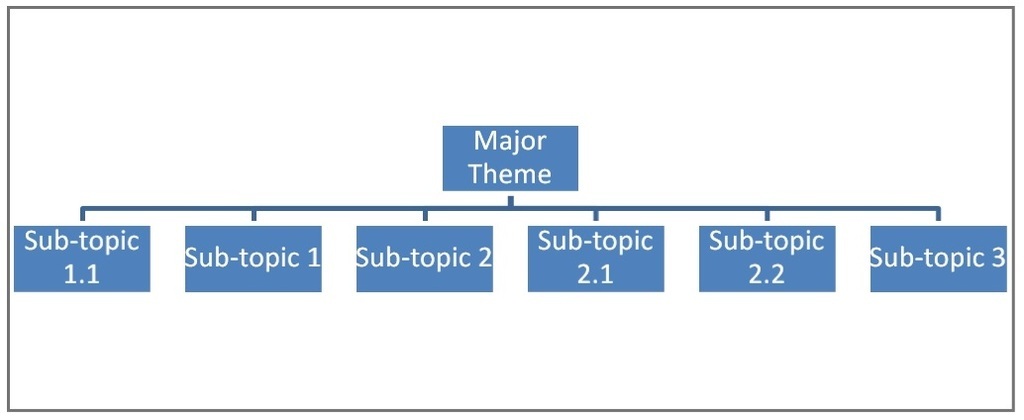
Website structure of a silo website:
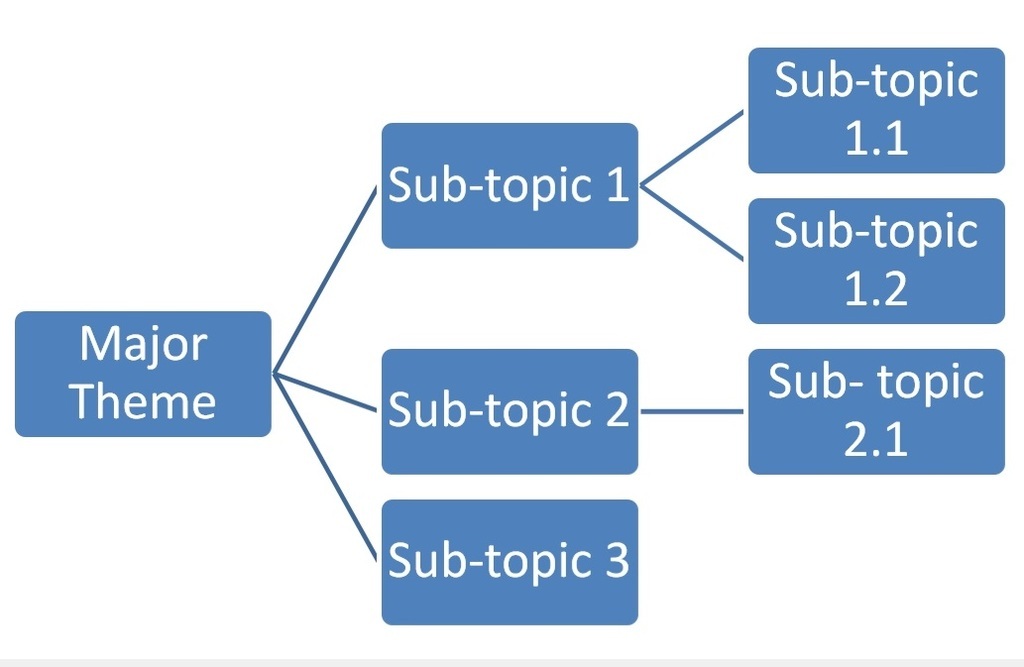
So this is the basic concept of siloing. It is becoming an important SEO parameter in the eyes of all the major search engines, as they start giving more importance to site structure and content relevancy.
Implementing the silo structure on your website also reduces the time a new website has to spend in Google Sandbox.
How to make your website a silo website?
1. Create a basic silo map in your mind using a few main keywords you need to target.
2. Create 4-5 evergreen silo pages using these keywords which will serve as the main landing pages of your website.
3. Upload related content linked to those pages so that your website looks organized and structured in the eyes of the search engines.
4. Interlink your pages, as this is an important criterion in the Silo technique.
5. Include a link to link to all Silo pages from your website’s home page.
6. Include a link to all the respective supporting pages from each Silo page. This will help in passing the link juice also to the smaller pages.
7. The URL structure of the supporting pages should also include the category or silo name so that the search engines can easily navigate the website.
You can implement silo on all new and existing websites by restructuring the website and focussing on a few main categories which have a lot of content. Remember to go easy on the number of silos as the whole exercise will be pointless if there are too many silos redirecting to too many unrelated posts.
What is Google Schema Markup?
Now that we have understood all about siloing and its importance in SEO, it is time to discuss “Schema”, which is another “S” word creating a buzz in the SEO industry.
The Schema.org website offers Schema markup vocabulary. It is a collaborative community-driven activity for creating a better user experience by displaying the exact information that a user searches for.
Google Schema markup is a code that you need to add to your website. This allows the search engines to understand your content rather than just read it word by word.
This helps your content garner more visibility in SERP results as the search engines now know exactly what your content is about. Implementing this code on your website gives you leverage over your competitors who do not use Schema.
Implementing Google Schema Markup on your website
You can easily implement Google Schema Markup on your website. The steps have been listed below, so that you get a clear idea of the procedure:
1. Go to Google’s Structured Data Markup Holder.
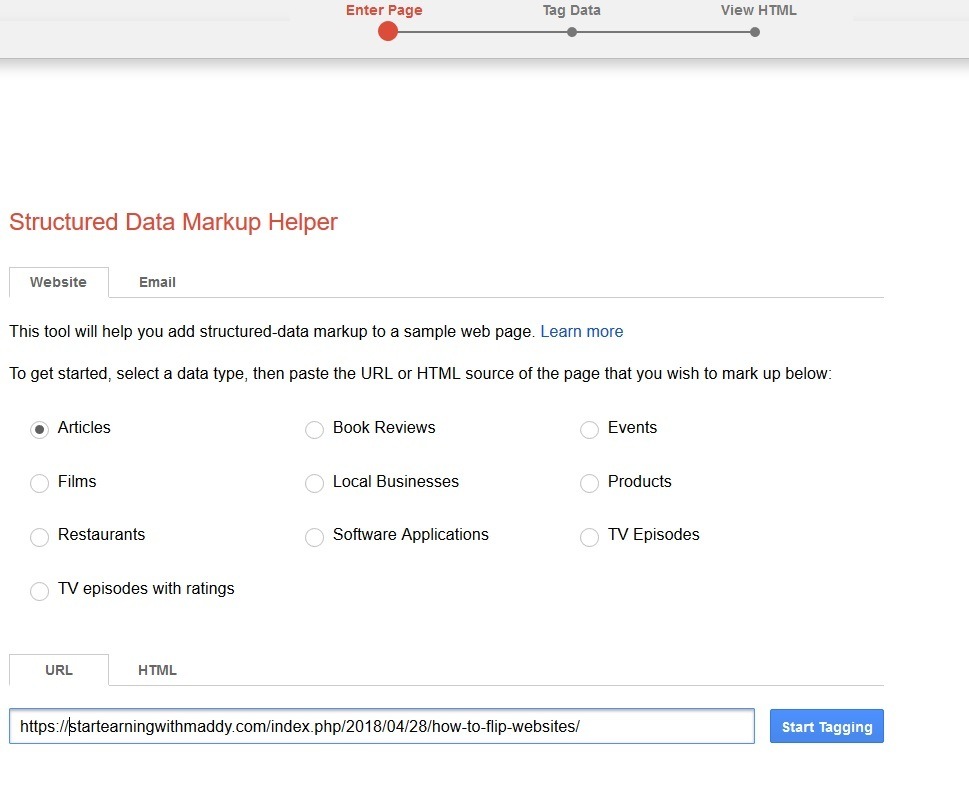
2. Select the type of data you want the SERPs to markup. There are many options, but “Articles” is the most common choice which works for all blogs.
3. Submit the URL of the page you want to markup using Schema.
4. Click on “Start Tagging”. This will display the web page you want to mark on the left side. The data items will be listed on the right side.

5. Highlight the data using the cursor and then select the type of data that is. For example, I have selected the name of the post and added it to the name data item using the toolbar. This will display that data in the right data items window. The article name now appears in front of the data item “name”.

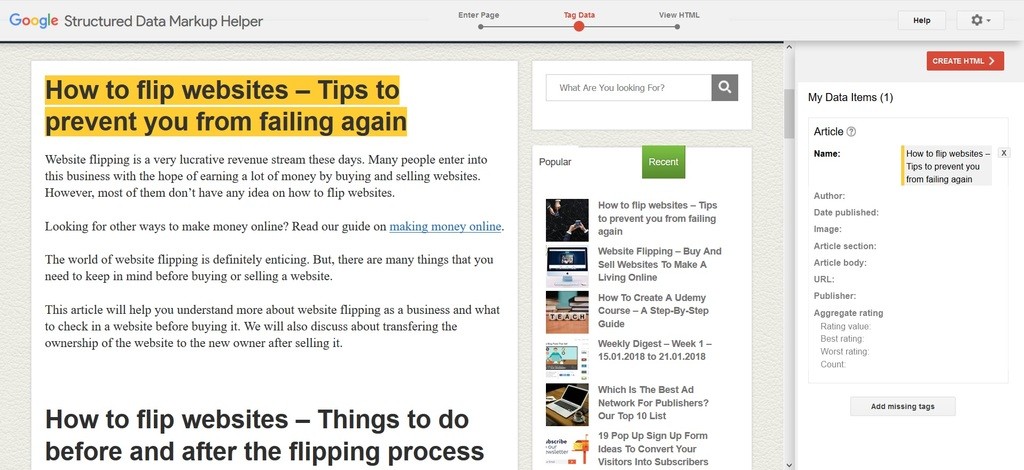
6. Keep adding relevant data items till you have covered all the information. Once you are finished, click on “Create HTML”. This will display the HTML code you need to display on your website.
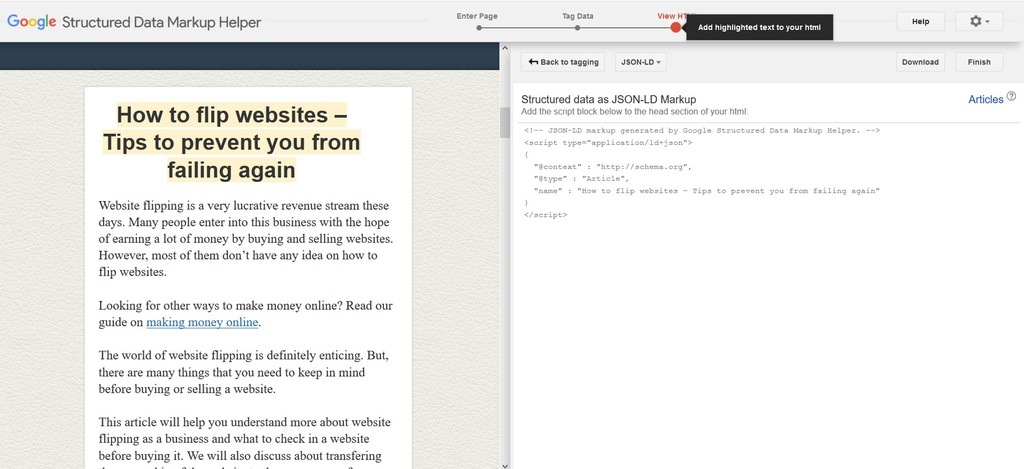
7. Once the HTML code is generated, it is time to add this code to your web page. You can either download the HTML document or copy the code and paste in the CMS editor. Click on finish to get more information about the next steps.
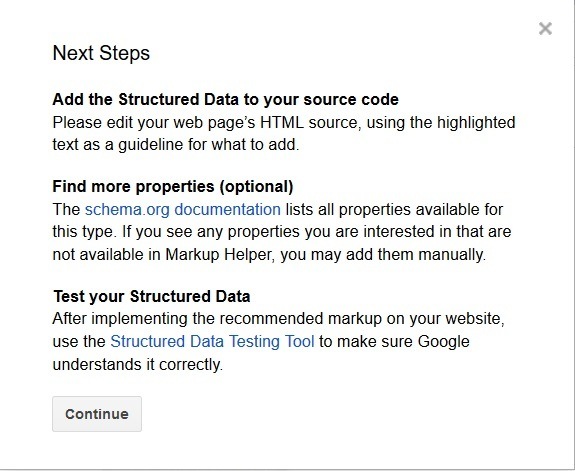
You can see the preview of how the URL looks with the Schema code using the Structured data testing tool. Implementing Google Schema Markup on your website gives you an edge over your competitors.
The key to ranking higher in search engines
Micro-data structuring is becoming the key to ranking in SERPs and Schema will help you display your content exactly how your readers want to see it. The more content you implement Schema on, the higher your SERPS will get.
So this was all about the basics of Silo and Schema. The first term deals with content structuring while the second one helps to display the content to the users. Not many website owners have taken the full advantage of these techniques. So the faster you implement them, the sooner you will boost your SERPs.
Have you implemented the Silo and Schema techniques on your website? Share your experience below.
If you loved reading this blog post, please share it with your friends too. 🙂




